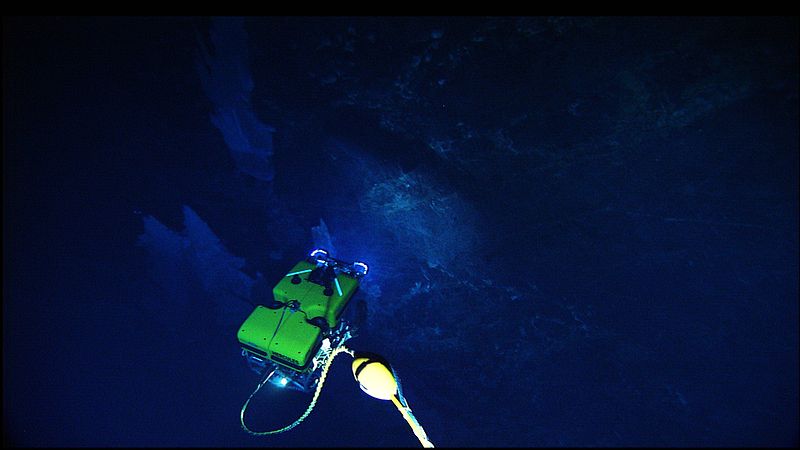In Canada, over 10,000 people currently live with Parkinson’s disease with an additional 6,600 new cases being diagnosed every year. The disease is caused by a loss of dopamine producing nerve cells. Without dopamine, the nerves are unable to control body movements efficiently. As Parkinson’s advances, movements such as walking and talking become heavily affected. Due to the complexity of this disease, the reason behind the nerve damage is very difficult to determine. Thus, researchers are focusing on ways to alleviate patients’ difficulty in movement. Most recently, UC Berkeley scientists have discovered a new neurostimulator, WAND, that could change the course of neurological disorder treatment, especially Parkinson’s.
What is a neurostimulator?
The most effective method of Parkinson’s treatment is the implantation of a neurostimulator device to the brain. This is very similar to a cardiac pacemaker, since it is able to maintain appropriate circuits in the brain. The dysfunctional areas of the brain are targeted by electrical signals that block any irregular brain waves.
What is Deep Brain Stimulation?
The most used neurostimulator is the deep brain stimulation (DBS) device. As seen in the video below, the DBS electrode is implanted near target areas, with wires passing under the skin down to the shoulders and connected to the neurostimulator in the chest. The patient after recovery is provided with a remote or magnet that allows for the stimulator to be turned on and off at home. While this treatment has been seen to be mostly effective, the surgery process and control of the device can be very strenuous, especially considering the advanced age of most Parkinson’s patients. Therefore, UC Berkeley researchers have developed a new neurostimulator, called WAND, that is smaller and much more advanced in capabilities.
Video of How Deep Brain Stimulation Works. Courtesy of The Wall Street Journal
What is WAND?
WAND or wireless artifact-free neuromodulation device, contains wireless and autonomous capabilities. This means that the device once trained to recognize signs of tremors or seizures, is able to adjust the stimulation parameters and apply electrical signals on its own. WAND is also able to record brain wave activity while applying the treatment. These recordings would allow doctors to see how the patient is reacting during and after the treatment. This is a large advancement from the typical DBS treatments which either stop recording or record away from the target region.

Newly Developed WAND Device. Source: Rikky Muller, UC Berkeley
Has WAND been tested?
To test its effectivity, researchers applied the device in a study that taught subjects to use a joystick to move a cursor. WAND was able to detect the neural signatures that preceded the joystick motion, and delay it by applying electrical stimulation. Thus, showing that the closed-loop system and neurological recordings worked more effectively in a demonstration done by previous DBS devices.
In all, WAND is a brilliant new technology that is cost-effective, time-effective, and saves patient’s the worry of having to apply their own electrical stimulations. The device is able to treat and record simultaneously, which builds an up-to-date record of treatment. While there is still much research needed to look at potential side effects, this technology gives hopes to Parkinson’s patients of returning to their former, healthy selves.
– Arrthy Thayaparan







